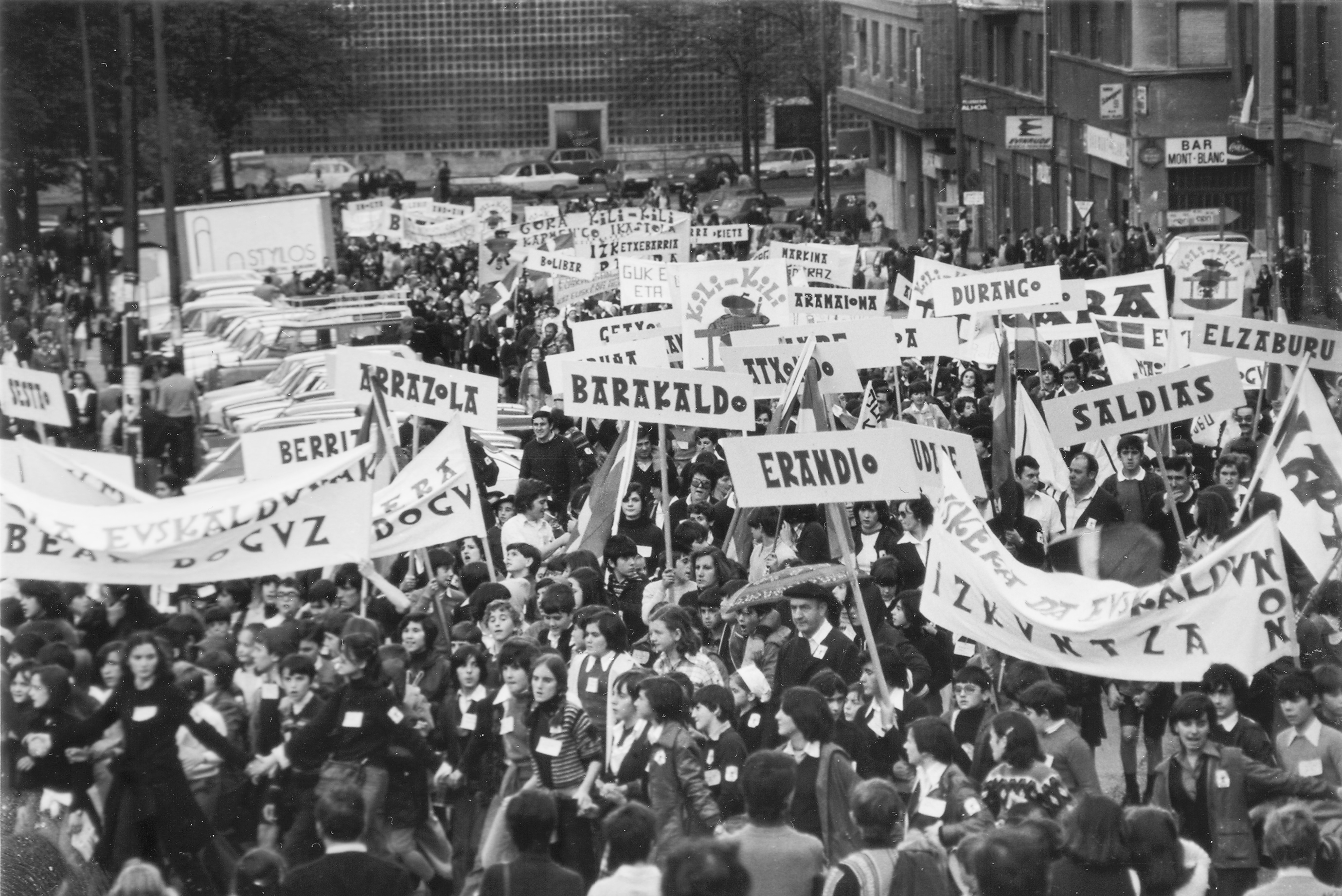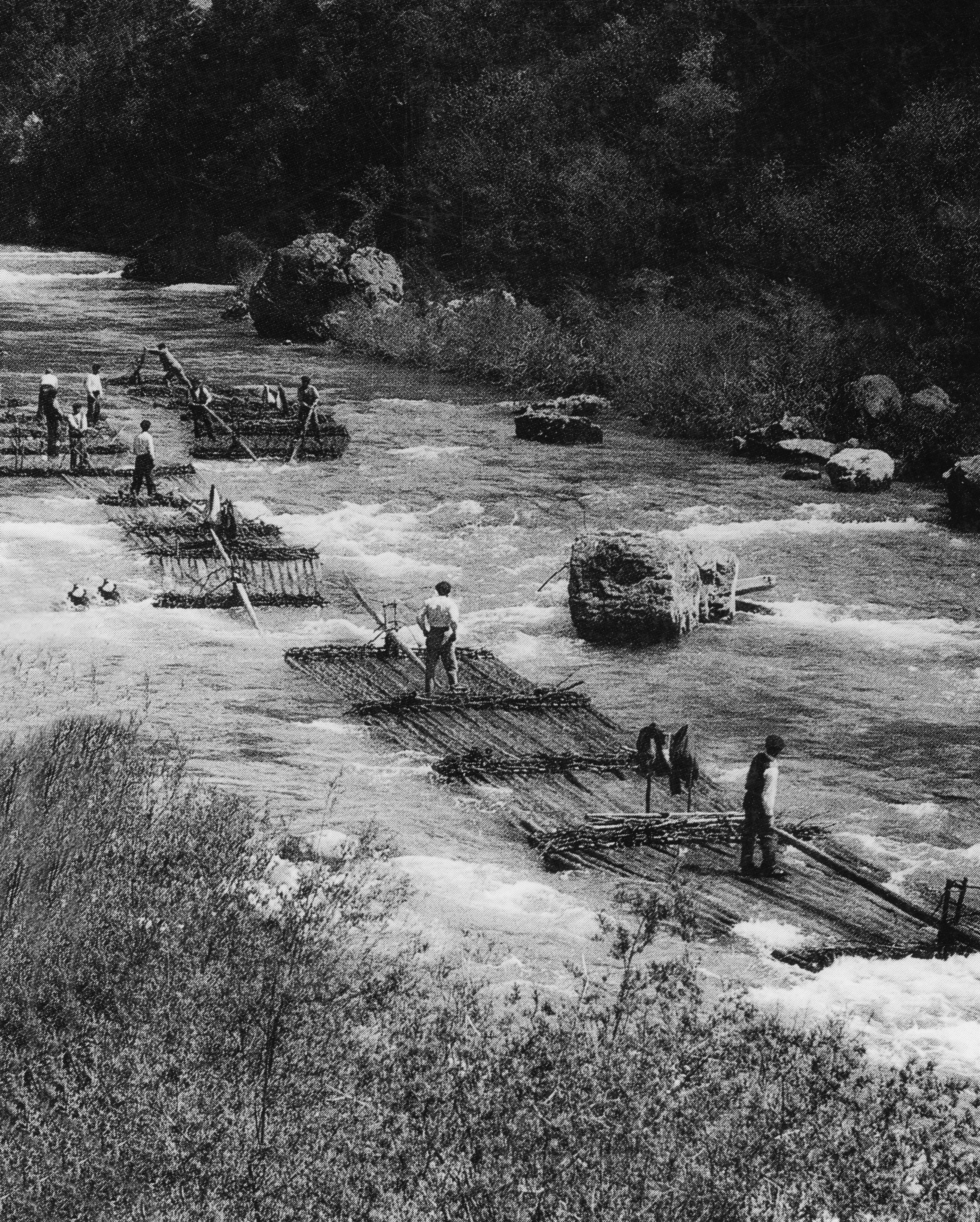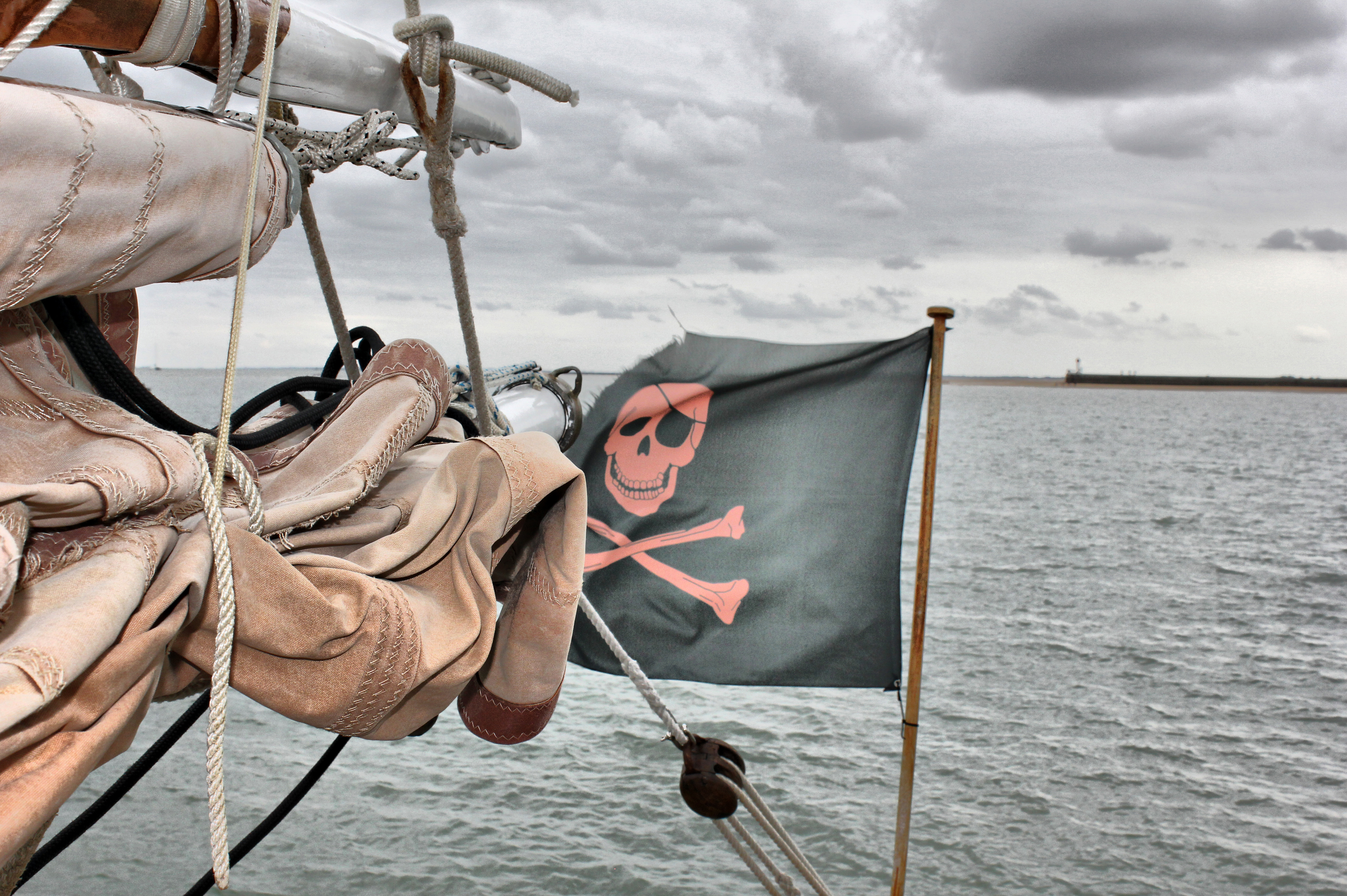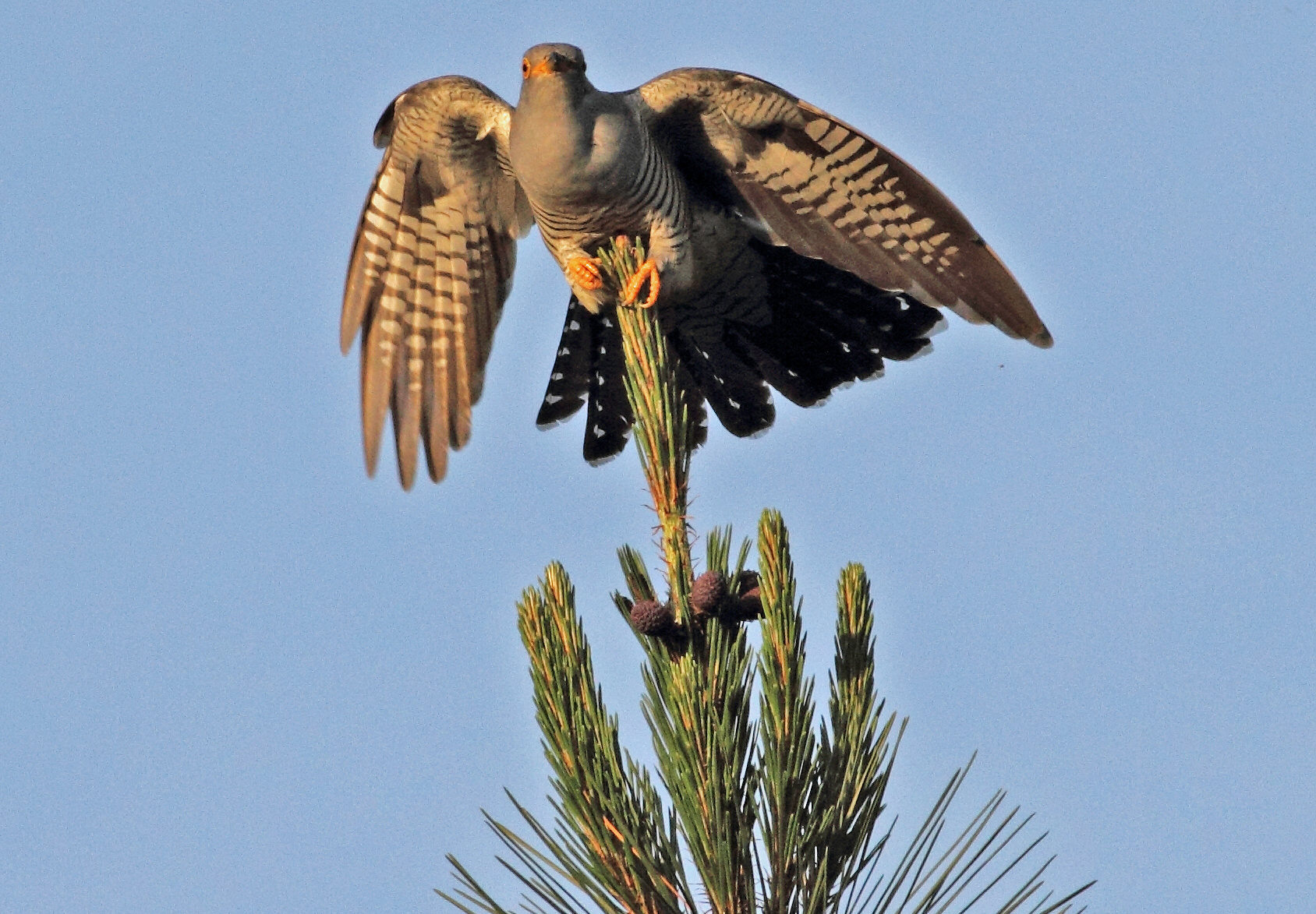Basque ethnography at a glance
Livestock farming and timber production stand as the primary sources of income in the Pyrenees. The extensive forests are indeed a major natural resource, and noteworthy among these are the lower woodlands of Quinto Real, Irati and Belagoa-Belabarze in the extreme west. Beeches of considerable height can be found in this area. It is therefore not surprising that their timber and its commercialisation remained a thriving business until very recent times. The wealth of the forests allowed for the development of a new trade within the community of Navarrese mountain peoples: the rafter. A raft made out of tree trunks and drifted down a river was known as almadía in Navarre. Timber rafting was a means of transporting logs from the above-mentioned Pyrenean woods to different destinations including the main nearest shipyards of Catalonia. It should be noted that the ancient royal roads in the high mountains were hardly accessible to carriages or galleys, and log transportation along watercourses proved much quicker and easier. According to Balcells, the first documented references to timber rafting on Navarre rivers date from the 14th century. In the early days the floating platforms were said to be commanded by raftsmen from Aragon, and it was not until the middle of the 17th century that exploitation of forests was taken over by local timbermen. (more…)
Piracy and plunder are as old as maritime trade. Yesterday’s pirates were seafaring peoples who engaged in pillaging and ravaging at deep waters and off the coast. The main shipping and freight traffic routes suffered from most intense pirate activity. These attacks often occurred across national borders or in areas under customary international law. There they raided and ransacked at will to later hide their fabulous loot in secluded havens. (more…)
The new season has just begun. Spring has sprung, even if at times the weather is determined to prove otherwise. The arrival of the vernal equinox brings with it changes everyone can perceive: days become longer, flowers bloom, bald trees burst into leaf and put on their green attire, the last snow melts and streams of water flow far and wide as winter loses its grip. (more…)

Kili-Kili Day. Bilbao, 1977. Deia newspaper.
On 2016 we celebrate Kili-Kili’s 50th anniversary. The fictional character gives his name to a publication created in 1966 intended to report on the catechesis activities at St Anthony’s Parish Church in Bilbao. In every issue of the newsletter, Kili-Kili, a young boy himself, corresponds with children, addressing them in a familiar way and always in Basque. The project was conducted under the umbrella of Claudio Gallastegi, and José Antonio Retolaza stood as the driving force behind it. (more…)




